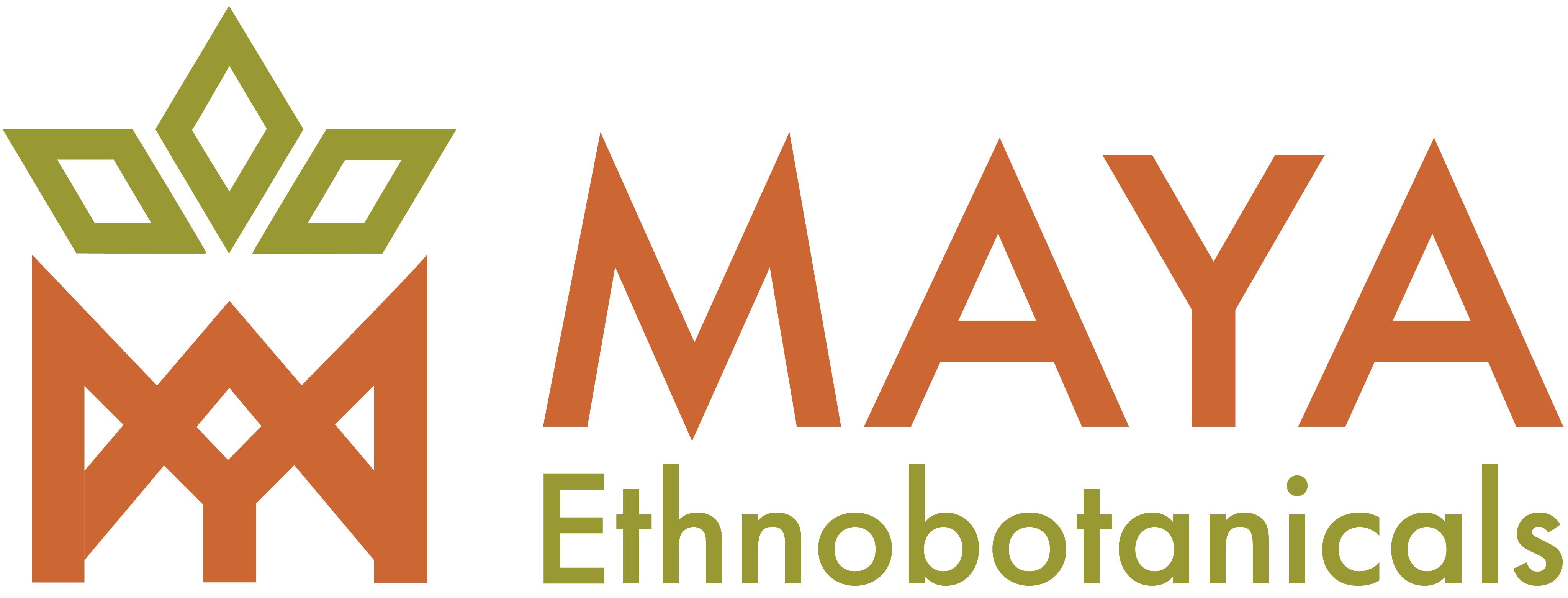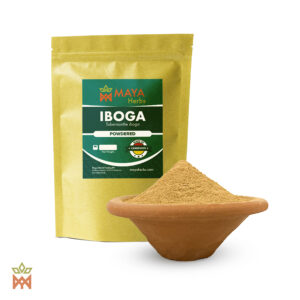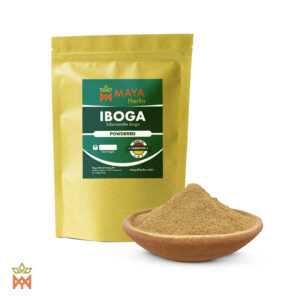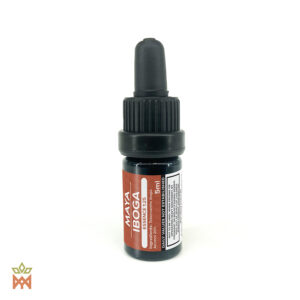Showing all 3 results
- Price range: € 27,25 through € 375,00 Incl. VATSelect options This product has multiple variants. The options may be chosen on the product page
- Price range: € 20,90 through € 290,40 Incl. VATSelect options This product has multiple variants. The options may be chosen on the product page
Showing all 3 results
What is Iboga?
A popular organic medicine across shamanic cultures, the plant known as Iboga is present across Africa’s rainforests as an evergreen shrub. It is native to Congo and Gabon, and its name borrows the meaning “to heal” from a Tsogho word, coming from the ethno-cultural group of the same name, who reside in the highlands of Gabon in the Ngounié Province.
The Iboga plant has been traditionally used for ceremonial purposes and carries symbolism deeply connected with African culture, especially those relating to natural healing principles of native groups across the Congo basin, the Gabon region, and of the Bouiti religion. Usually, it can be used as a stimulant or even as an aphrodisiac, and in small doses for ceremonial rituals, when its purpose mainly relies on its hallucinogenic effects.
Check out this article regarding Tabernanthe iboga, written by Rachel Nuwer for the National Geographic website.
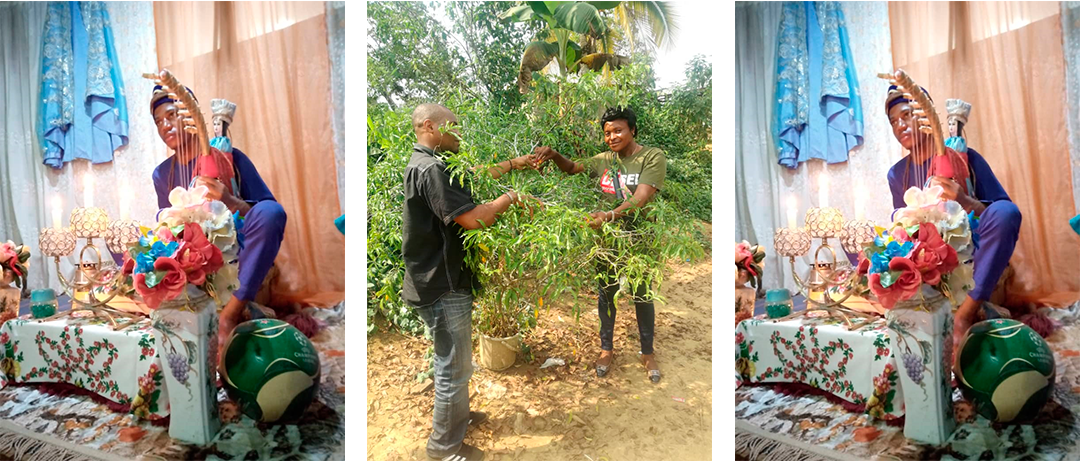
Botanical Information
Scientifically known as Tabernanthe iboga, this evergreen rainforest shrub is part of the Apocynaceae plant family, a family of flowering plants that includes trees, shrubs, stem succulents, herbs, and vines, native to Africa, Australia, Europe, Asian and American tropics and subtropics. Its scientific name derive from the combination of the Latin word taberna, meaning hut or tavern, and the Greek word anthos, meaning flower.
The Iboga tree usually reaches up to 2 meters, yet in certain cases, it can grow up to 10 meters in height, producing warm-colored flowers, with hues varying from pink to yellow, and fruits that are sweet in taste and rich with supple pulp.
It flourishes with narrow dark green leaves and flowers that bloom in lighter shades, typically white. Its bark and root are yellow in color, and the plant’s parts in which greatest concentration of Ibogaine, a substance that serves both medicinal and hallucinogenic purposes, can be found.
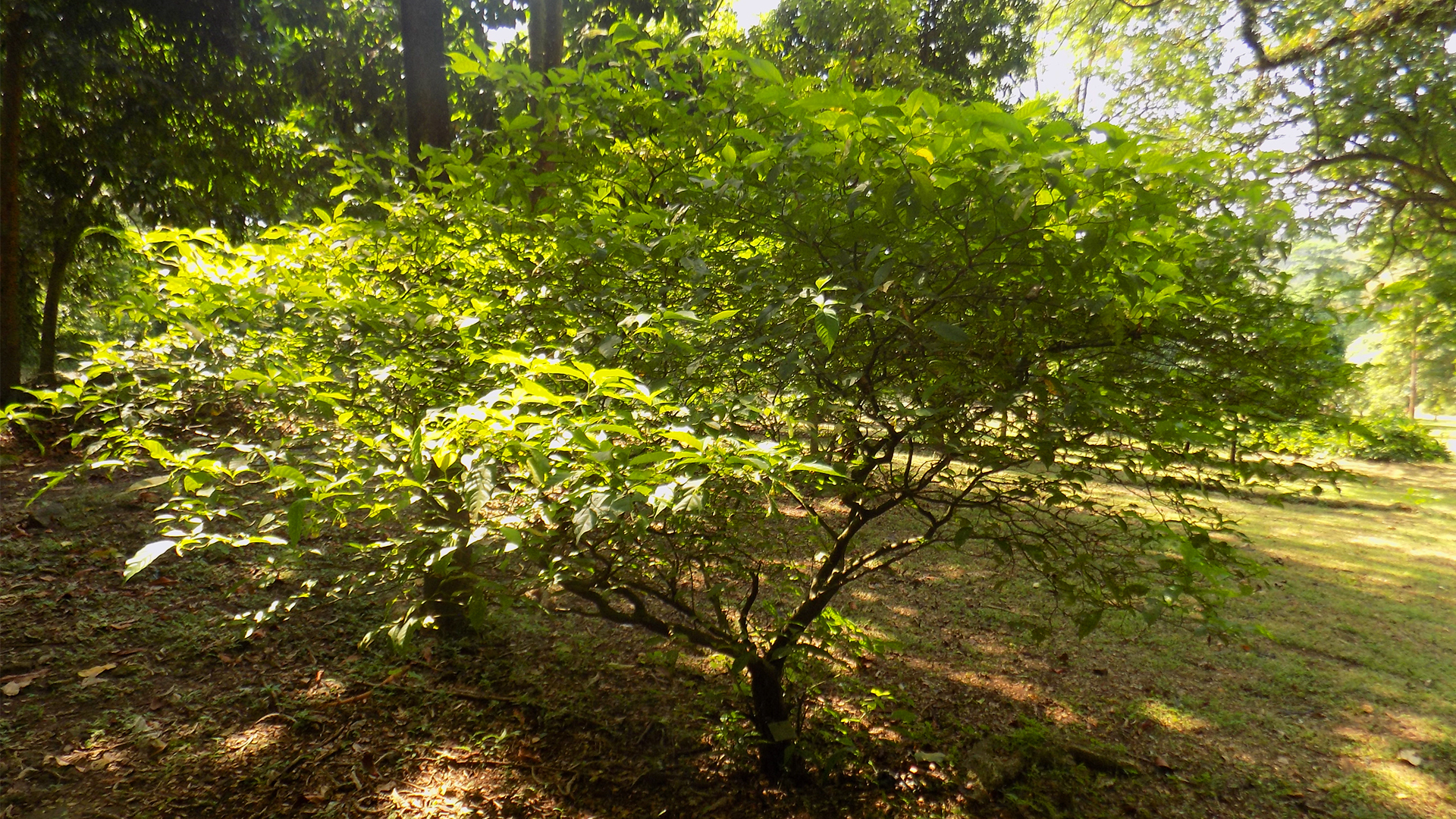
A Medicinal Plant
Chemically speaking, it is particularly rich in ibogaine, an alkaloid component that is used in the treatment of diverse addictions, ibogaline, inogamine, tabernanthine, and voacangine. Across the United States, ibogaine has been designated a Schedule I hallucinogenic substance, meaning it hasn’t yet been considered an accepted medical drug for North Americans. Still, studies have indicated that ibogaine might act upon the cerebellum and increase muscle strength and endurance, in addition to its more commonly known psychedelic effects.
What is Iboga used for?
Historically, this medicinal plant has been used as part of rituals across several communities as part of their traditions and sometimes even related to their religion, especially West African. Be it as part of an initiation or used as an aphrodisiac, Iboga has been present in African culture since the XVIII century, around the same time Christian missionaries attempted to subdue and eliminate local customs and belief systems. It is even accepted that Iboga was essential to the resistance against this forced spread of Christianity and the preservation of African tradition and culture. On June 6th, 2000, the Council of Ministers of the Republic of Gabon declated Iboga a National Treasure.
As it can also offer stimulant action, Iboga has been used before hunting and both spiritual and physical journeying as means to stay alert yet at peace. Most commonly, Iboga is used as means to initiate direct communication with one’s ancestors and other spirits through its consumption, and its spirit can be a mentor that offers knowledge spanning from music to healing; these teachings are passed down through generations, frequently by oral tradition, preserving the wisdom and blessings only Iboga can provide.
What is “Iboga treatment”?
The plant’s stem, leaves, and especially its root are rich in ibogaine, a psychoactive indole alkaloid that has shown some promising potential, according to studies, to battle addiction and treat depression. Peoples in West Africa administer and ingest Iboga mainly through extracts or by chewing on its root.
Ibogaine doses ranging from 500mg to 1g have been administered to patients during clinical trials of opiod addiction treatment, and in a Brazilian drug dependency clinic, doses of up to 17mg were administered along with psychotherapy sessions to help patients with addictions, all through close medical supervision.
As is the case with countless other medicinal substances, certain side effects may be expected after the consistent adherence to treatments involving larger doeses of ibogaine, such as agitation, vomiting, muscle spasms, and hallucinations.
Pharmacological Claims
The substance known as Ibogaine was first isolated in 1901, and studies conducted for over half a century on its molecule later stated that its defining features include an indole, a 7-membered tetrahydroazepine, and a bicyclic isoquinuclidine, qualifying it as a tryptamine. The discovery of ibogaine was central to the following identification of hundres of other alkaloid structures similar to it.
According to Iyer, Favela, Zhang, and Olson, “the unique structures of iboga alkaloids have captured the imagination of chemists for decades, while their unusual effects on the brain have challenged conventional ideas about treating substance use disorder.”
Ibogaine is a dissociative¹ psychedelic², meaning that 1. it is capable of causing a molecule to split into separate, smaller molecules (atoms or ions), even if the process can be later on chemically reversed, and 2. it can produce changes in perception of colors, sounds, tastes, and even moods, sense of time, and cognitive processes by acting upon the brain and altering the body’s chemistry. It has oneiric (related to dreams) properties and anti-addictive mechanisms.
It is a pharmacologically curious substance, as anecdotal observations indicate that ibogaine has potential in attenuating both withdrawal and dependence symptoms to a variaty of dimethylglycine based abused substances such as alcohol, nicotine, opiates, and other psychostimulants. Studies condocuted on anti-addictive methods of treatment also support that ibogaine reduces the chance of self-administration of substances such as morphine and cocaine and alleviate symptoms of withdrawal of said medicinals.
Active Principles
It possesses complex action, capable of affecting several different neurotransmitters simultaneously, and demonstrates affinity with kappa-opiods, sigma, and nicotine receptors. It is also capable of both enhancing the chemical breakdown of dopamine and lowering the substance’s levels, in addition to reversing the effects of opiates in gene expression, which in its turn impacts neuroreceptors and may result in reversal to pre-addiction conditions for both these receptors and addictive loops and pathways in the brain.
In summary, ibogaine acts directly upon the brain, working on SERT (a serotonin transporter), and with just a small dose, this substance can dull the effects of harmful opioids such as morphine or heroin. Records and statements describe its help with symptoms of both withdrawal and drug-cravings, and certain studies conducted with non-human specimens seem to support such claims.
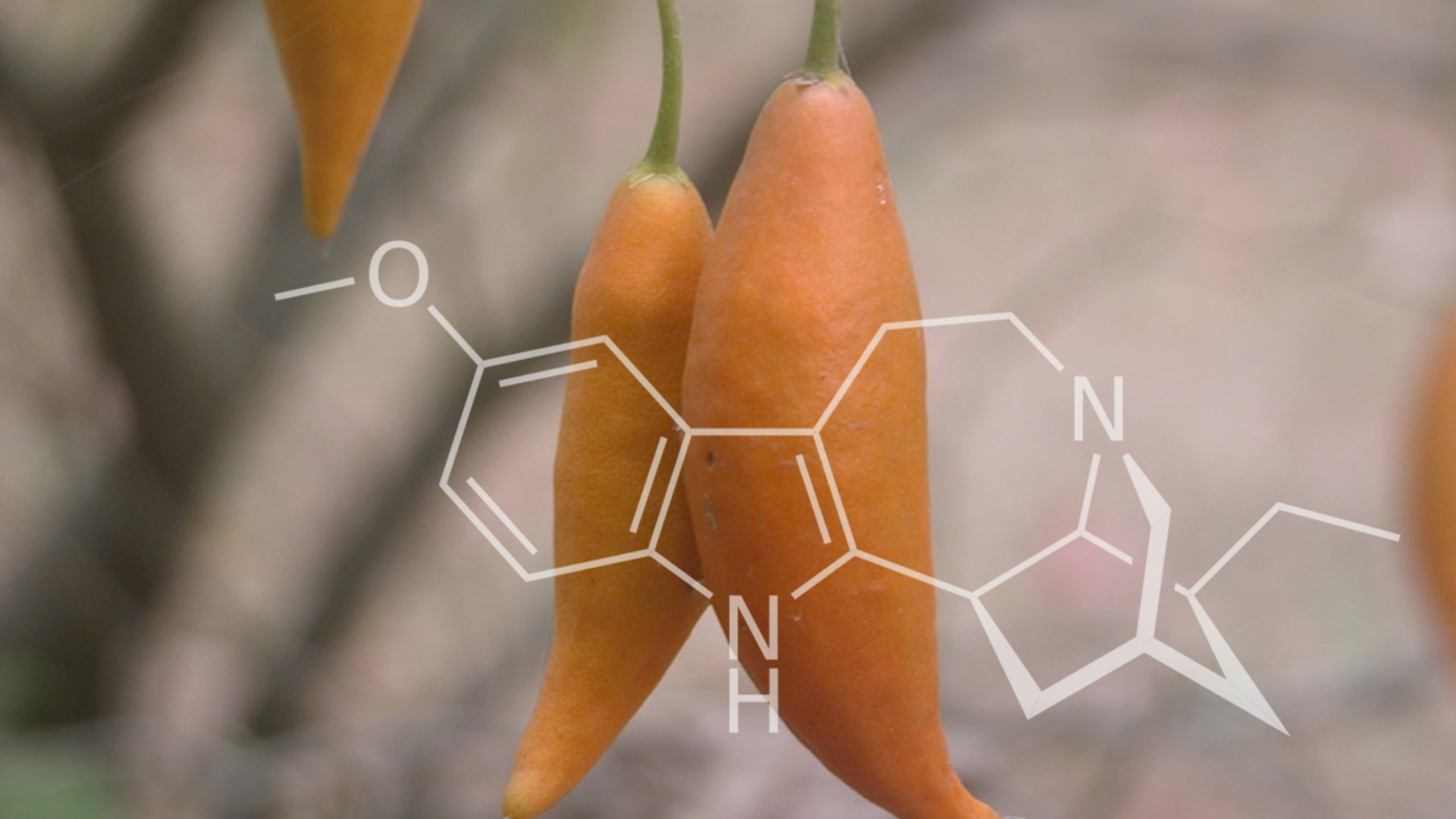
The Peoples that Use Iboga
The Bwiti
For the people who follow the Bwiti religion - which comes originally from the African ethnic group referred to as Bobongo or Pygmies, present in West Central Africa, and were the first to connect with the Spirit of Iboga - Iboga is a central force, even being referred to as their Tree of Life. Their teachings and traditions revolve around the practice of rituals that involve the plant, whether be its planting, harvesting, or use.
The word “Bwiti” carries many meanings, and among them is “Emancipation.” Some proclaim that Bwiti is not really a religion, but a Study of Life, a way of living that praises and appreciates spiritual paths that direct people into understanding that true living comes through one’s own experiences instead of simply accepting the truths of another. Practitioners of Bwiti understand that “they either know something, or they don’t.” And to not know is to not yet have experienced that which will bring them the knowledge necessary to know.
The Principles of the Bwiti
Central to their belief system is the idea that Life is held in highest regard, which is the reason why their only prayer contemplates gratitude for the Creator for another day, for simply being alive, and happens on a daily basis. Bwiti communities don’t worship a single figure, as a guru or chief, but rather they understand that they are one with Nature, as She is with them.
And precisely because they deeply respect and value life, the notion of abusing the gifts Nature has to offer would be akin to blasphemy. Committed to treating one another with respect and appreciation, they are highly communal, even if they also believe that we both enter and leave this world alone.
This idea presents itself not as a negative and pessimistic notion, but rather as a soothing reassurance that we need nothing other than ourselves to achieve true happiness and peace, but are still bound during our time on Earth to help and support one another as we are all part of the same spiritual sphere, all worthy of value and respect.
The Bwiti also live in the moment, accepting that “anxiety is a projection into the future and depression is an attatchment to the past.” By focusing on what is right before them, the present, they engage all their senses in guiding them in moving through life one day at a time, and consider themselves as being free from the illusions the mind can create, instead choosing to use their minds as a tool to hunt for the truth.
Life according to the Bwiti
For centuries, the Iboga plant has been one of their main teachers and sources of personal growth and expanding consciousness, especially through its sacred use in healing ceremonies and spiritual rituals. The medicine that comes from this plant and its spirit can access the truth that lies dormant within each of us, becoming a tool of spiritual connection and personal growth and physical healing, opening the pathways to truly connect with Nature, ancestors, and other wise spirits, all the while giving thanks for the gift of Life.
It was through their connection with Iboga that the Bwiti acquired the knowledge to create their music, instruments, and dances, enhancing their creative culture. As is the case across countless African cultures, their music is of utmost importance to the Bwiti. In their music lies the spiritual and physical energy that provides for the force of transcendence, making it possible for those who seek to connect with spirits and their ancestors to do so, while also being central to medicinal rituals by clearing the mind and helping to keep practitioners’ heart rates in the right tempo required to enter a ritualistic trance.
Where can I get Iboga?
Although variations of Iboga medicine, whether it be the plants itself or parts of it such as its leaves, are most commonly found across its place of origin in West Africa, precisely due to the spread of its popularity, sellers of natural medicine and related products across the world have also started offering commodities rich in Ibogaine.
Still, even if access to this outstanding plant has been made easier with exportation and fair trade deals, it is of utmost importance to only acquire specimens and products derived from its components from reputable companies that both purchase, store, and sell it in accordance with locally established protocols. By doing so, consumers may even financially aid in supporting the communities in Gabon and Congo that harvest this plant.
DISCLAIMER:
Maya does not express or imply any specific uses for this product. Information present in website texts are simply meant to offer insights into cultural significance and scientific findings regarding the product’s components.
Botanical specimen products are not intended for, branded, labelled, or marketed as consumer products.
Read our Terms & Conditions.
